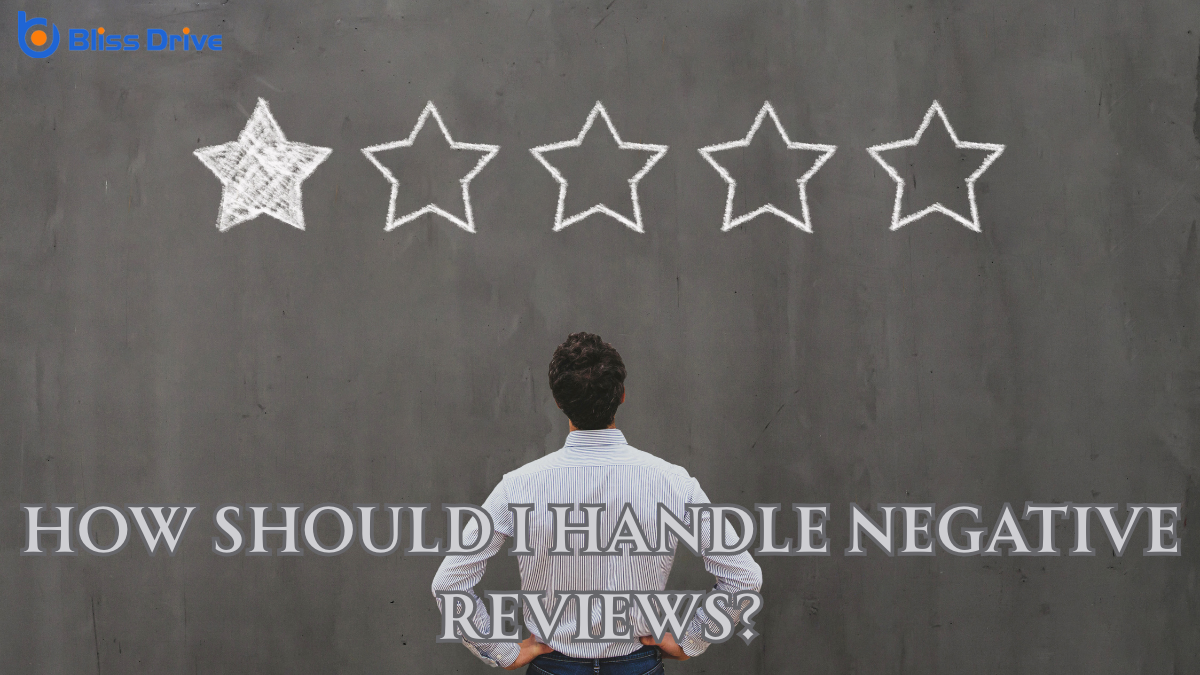Digital Marketing Services
Learn More About Us

To handle negative reviews, first assess feedback objectively to identify recurring issues. Respond promptly and professionally, acknowledging specific concerns. Apologize sincerely without making excuses and offerThe specific product or service being promoted by affiliates. practical solutions like refunds or discounts. View negative feedback as constructive, using it to implement improvements and demonstrate responsiveness. Encourage positive engagement by showcasing your commitment to satisfaction. By effectively addressing critiques, you not only manage your brand's reputation but can also transform unhappy customers into loyal advocates. Explore further to find more steps.
When you receive negative reviews, it’s essential to assess the feedback objectively, rather than taking it personally. Start by analyzing the comments to identify constructive criticism. Ask yourself if there’s a recurring issue mentioned by multiple reviewers.
Focus on specific points they raise and consider if those aspects genuinely need improvement. Detach yourself emotionally from the situation to gain a clear perspective. This approach helps you transform criticism into an opportunity for growth.
Evaluate whether the feedback reflects a widespread concern or a misunderstanding. Sometimes, a small tweak can resolve the issue. However, make sure your analysis remains fair and balanced, acknowledging any valid points.

Although receiving negative feedback can be challenging, responding promptly and professionally is essential to maintaining a positive relationship with your customers.
Start by acknowledging the review quickly, ideally within 24 to 48 hours. This shows your customers that you value their opinions and take their concerns seriously.
Use a calm and respectful tone to address the issue, as it helps defuse tension and demonstrates your commitment to resolving the matter.
Be clear and concise in your response, focusing on addressing the customer's specific concerns.
A sincere apology goes a long way in addressing negative reviews. When you acknowledge a customer's experience, you show empathy and understanding. Start by expressing regret for their dissatisfaction. A simple "I'm sorry you're unhappy with our service" can make a difference. It shows you value their feedback and are committed to improvement.
Next, clearly identify the issue they faced. This recognition assures them that you're paying attention. Avoid blaming or making excuses; instead, focus on understanding their perspective.
When you admit there's room for improvement, it demonstrates humility and a willingness to grow.
To turn a negative review into a positive experience, start by offering practical solutions. Address the specific concern mentioned in the review and think about how you can fix it. Maybe it’s a faulty product or a service that didn’t meet expectations. Offer a replacement, a refund, or a discount as a form of compensation. Your willingness to resolve the issue shows you value the customer's experience and are committed to improvement.
Once you’ve identified possible solutions, take action immediately. Contact the reviewer directly if possible, and let them know what steps you’re taking.
This not only helps in resolving their issue but also demonstrates your dedication to customer satisfaction. By acting promptly, you can rebuild trust and potentially turn critics into loyal advocates.

You can turn negative reviews into opportunities for growth by responding with appreciation and highlighting positive experiences.
Acknowledge the customer's concerns, but also remind them of what makes your product or service special.
Foster community interaction by encouraging satisfied customers to share their storiesA feature on platforms like Instagram and Facebook where users can post photos and videos that disap..., creating a supportive and engaged environment.
Even when negative reviews sting, it's essential to respond with appreciation to encourage positive engagementThe interactions that users have with a brand’s content on social media.. By thanking the reviewer, you acknowledge their experience and show that you value their feedback.
This simple act demonstrates that you’re attentive and genuinely care about improving. Start your response by expressing gratitude for their input, as it can leadA potential customer referred by an affiliate who has shown interest in the product or service but h... to constructive dialogue. This approach helps defuse tension and can transform a negative situation into an opportunity for growth.
Remember, potential customers are watching how you handle criticism. Your gracious reply can enhance your reputation, showcasing your commitment to excellent service.
Embrace each review as a chance to learn and build stronger relationships with your audience, turning critics into advocates.
While addressing negative reviews is essential, shining a light on the positive experiences shared by your customers can further encourage engagement.
Celebrate their stories by sharing them on your social media, website, or newsletters. Doing this not only builds a positive narrative around your brand but also shows potential customers what you do well.
Encourage happy customers to leave reviews by offering small incentives or simply expressing gratitude. It's vital to create a platform where customers feel appreciated for their feedback.
Genuine testimonials can inspire trust and attract new patrons. Remember, your response to positivity should be as enthusiastic as your approach to criticism.
Highlighting these experiences strengthens your brand imageThe perception of a brand in the minds of consumers, shaped by advertising, word of mouth, and exper... and fosters a community that values and supports your business.
Building on the positive experiences of your customers, fostering community interaction becomes a powerful tool for your brand. When you encourage positive engagement, you create a space where customers feel valued and heard.
Start by inviting them to share their stories, feedback, or ideas on your social platforms or website. This open dialogue not only strengthens relationships but also builds trust.
Organize events or online forums where customers can connect with each other and your team. Such interactions can transform casual buyers into loyal advocates.
Additionally, respond promptly to comments and questions, showing that you care about their input. By nurturing these connections, you create a community that not only supports your brand but also helps diffuse negativity with genuine positivity.
When you encounter negative reviews, pinpoint the feedback that offers clear insights for action.
Focus on identifying which areas need the most attention to enhance your product or service.
Prioritize these improvements to effectively address customer concerns and boost satisfaction.
To transform negative reviews into growth opportunities, you need to identify actionable insights by analyzing and implementing constructive feedback.
Start by reading the review carefully and look for specific areas where your product or service fell short. Pay attention to recurring themes or issues—they're often the key to valuable insights. Assess whether the criticism is valid and consider how you can address it effectively.
Once you've identified these insights, communicate with your team to brainstorm solutions. Take proactive steps to make necessary changes and prevent similar issues in the future.
After identifying actionable insights from negative reviews, it's important to focus on prioritizing improvement areas. Start by categorizing feedback into themes to spot recurring issues. This helps you see which areas impact customers the most.
Next, assess the feasibility of implementing changes. Not all feedback will be actionable, so focus on what you can realistically improve. Consider the cost, time, and resources needed for each adjustment.
Then, weigh the potential benefits of each change. Prioritize improvements that enhance customer satisfaction and align with your business goals. Remember, it’s about balancing quick fixes with long-term improvements.
Finally, create a plan to address these areas methodically. By taking strategic actions, you’ll show customers you value their input and are committed to improvement.
In handling negative reviews, you need to stay objective and act quickly. Acknowledge the concern with a sincere apology, and address the issue head-on by offering practical solutions. Encourage positive interactions by fostering a supportive environment. Use the feedback as an opportunity to improve and implement necessary changes. Remember, every review is a chance to build trust and show your commitment to customer satisfaction. Embrace the feedback, and let it guide your growth.
